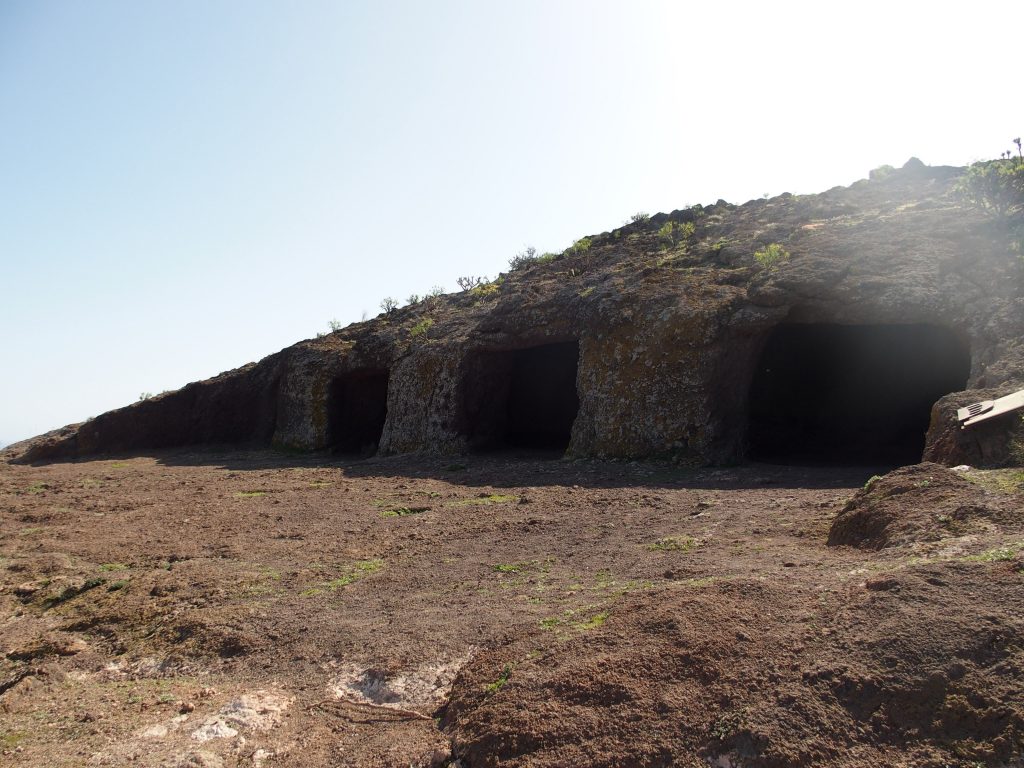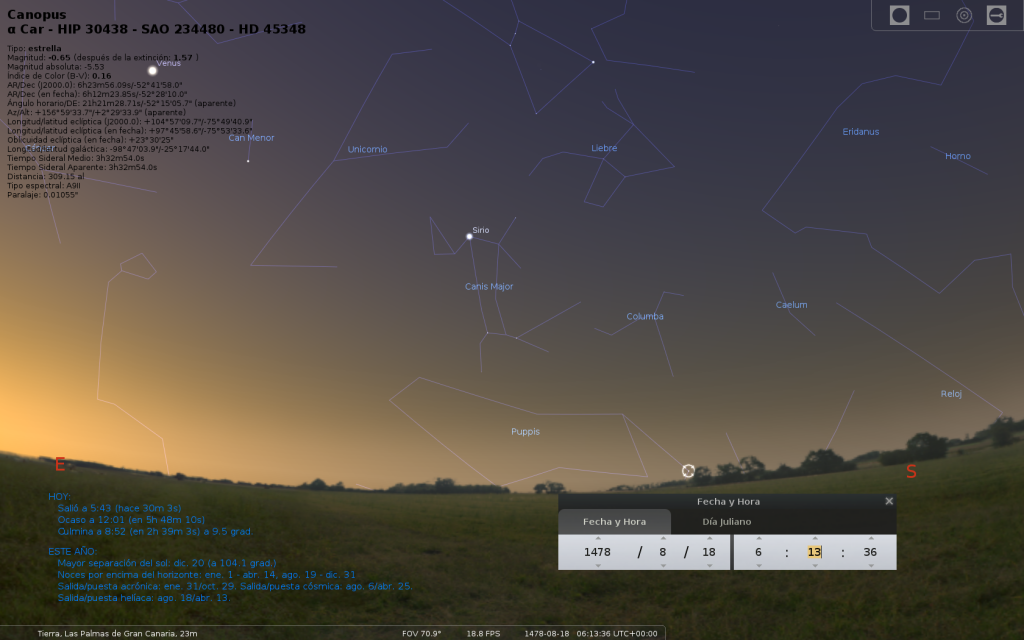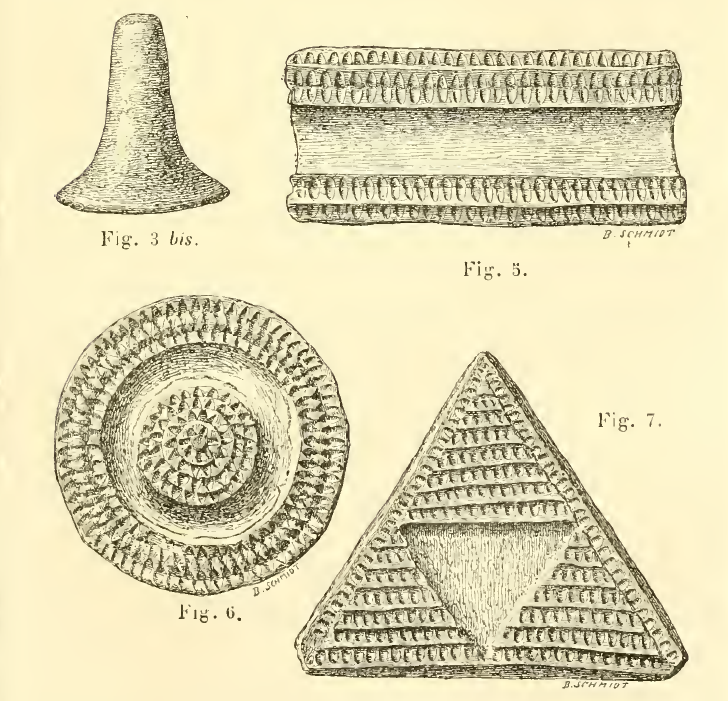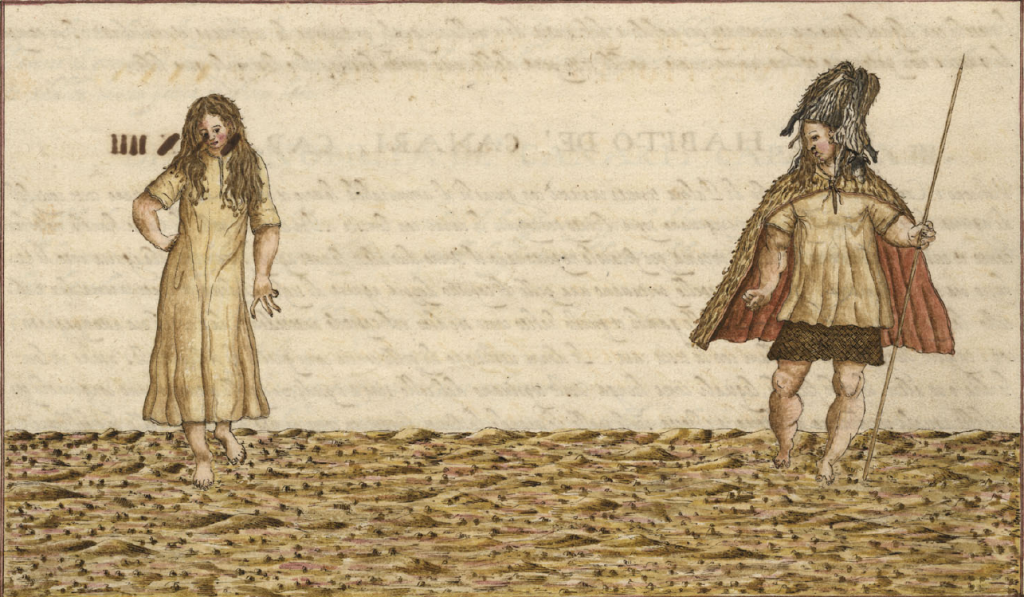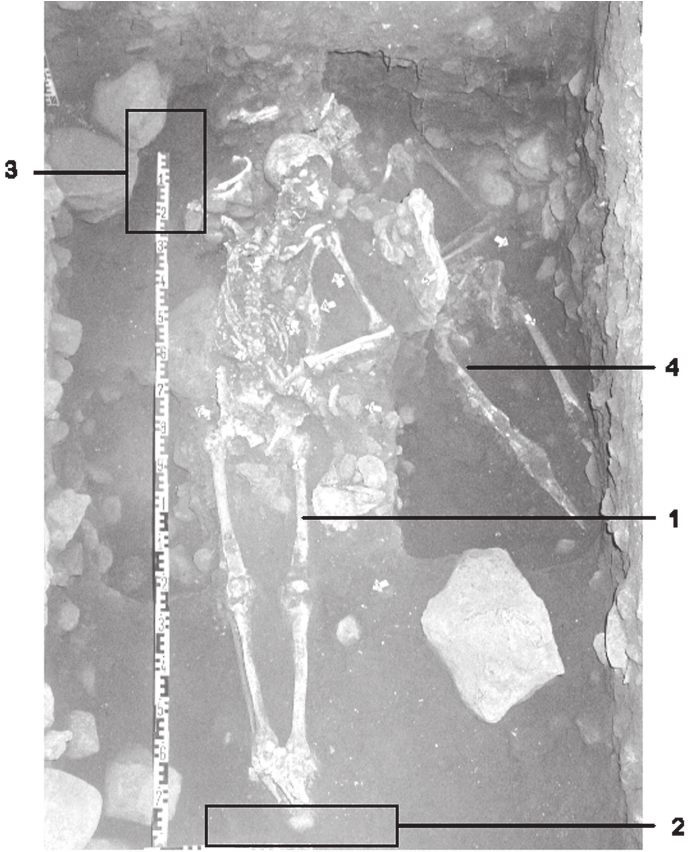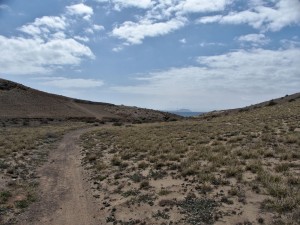The Ganigo of Guadajume (2/3): reprisal
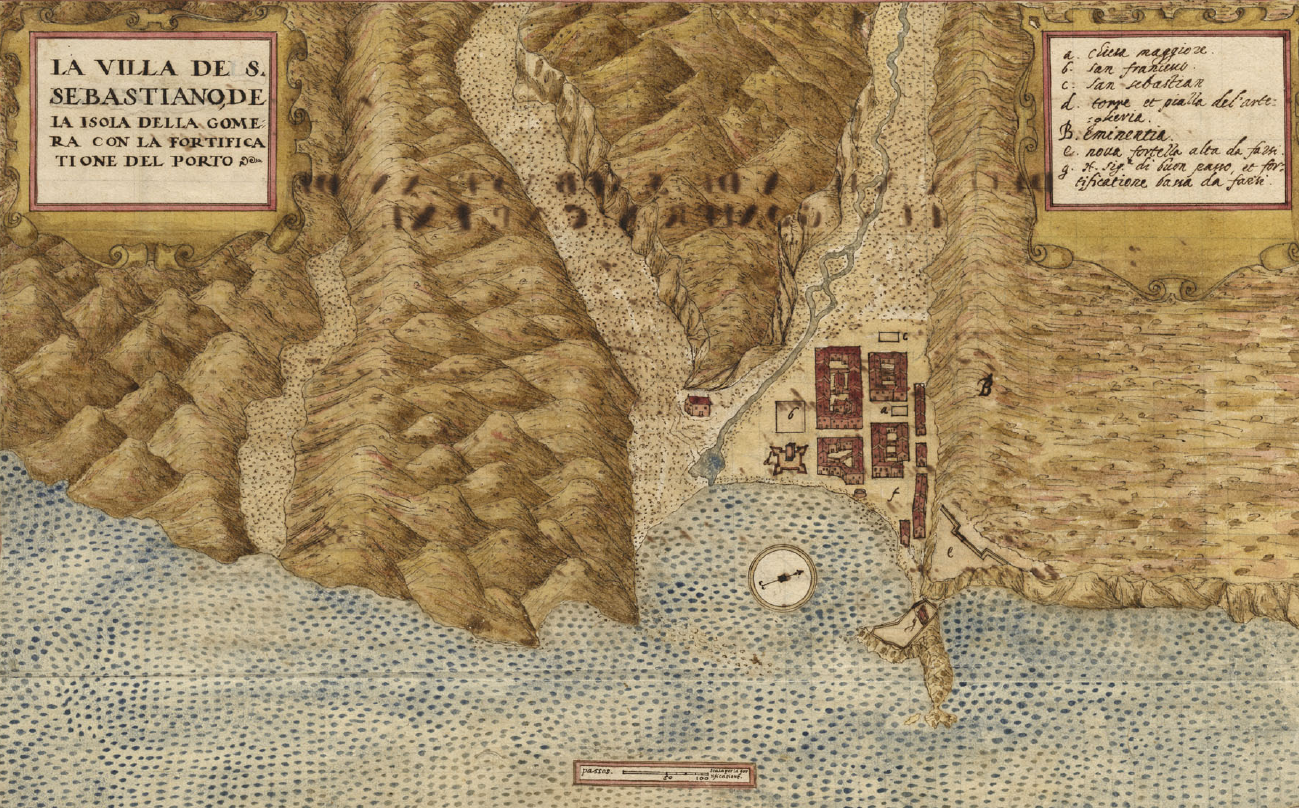
A map of San Sebastián de La Gomera town at the end of 16th century, by engineer Leonardo Torriani (source: Biblioteca Geral da Universidade de Coimbra, catalogue number Ms. 314, fol.83v.).
[…] old Chupulapu[…] told them crying, and repentant, I shall die soon so there you stay, who will pay well Lord Peraza’s death, woe to your children, and families, woe to you miserable ones, and soon after he died;[1]This translation by PROYECTO TARHA.
Tomás Marín de Cubas (Historia de las siete islas de Canaria –1694–, Book II, Chapter XII)
The dramatized end of Pablo Hupalapu, or Chupulapu, in the story shared by both Abreu Galindo and Marín de Cubas, preludes the atrocious reprisal that Gomeran people would suffer at the end of 1488 or the beginning of 1489 after the death of Fernán Peraza the Younger at the hands of his own vassals.

